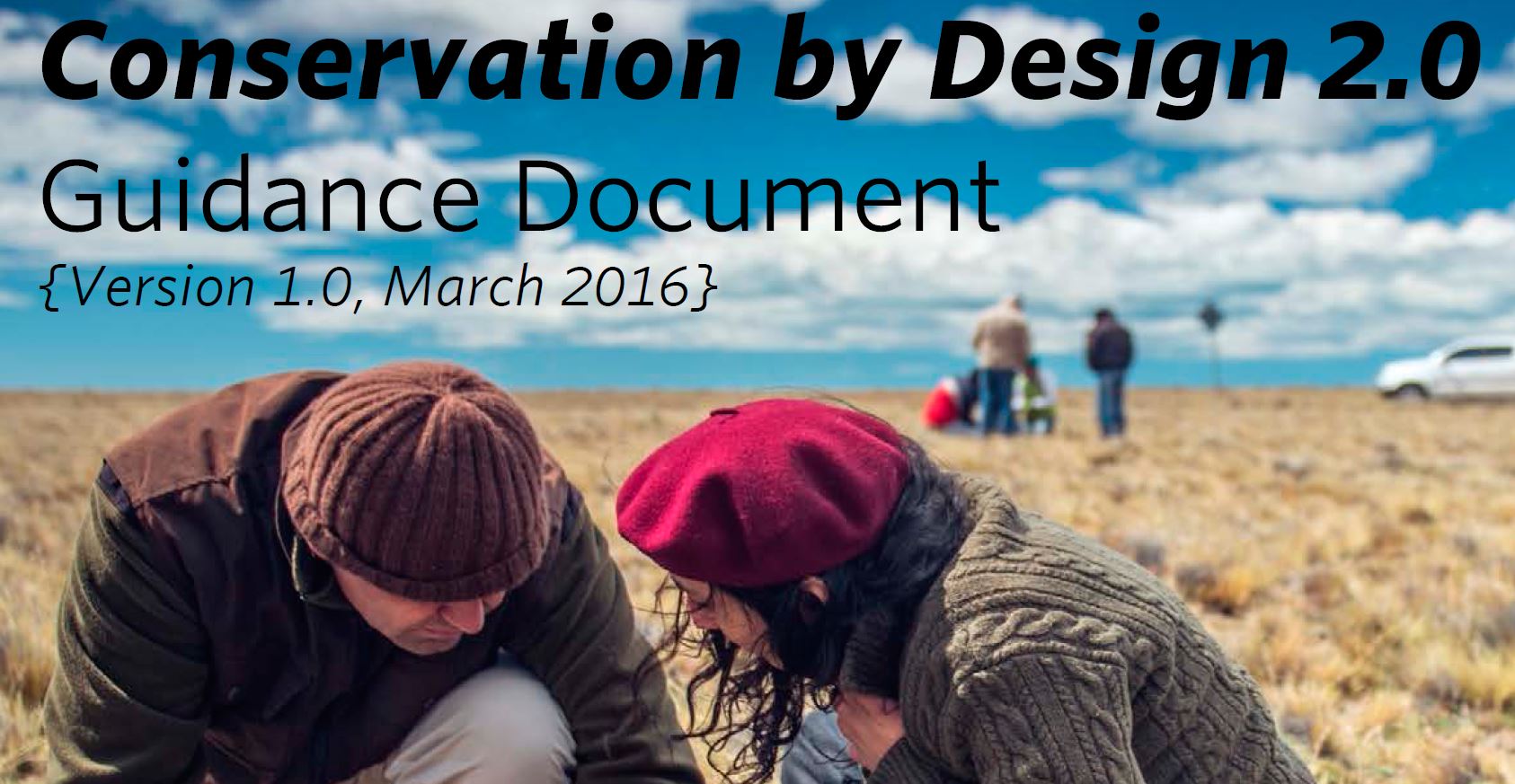The Nature Conservancy (TNC) has released a set of three documents detailing their latest version of the Open Standards: Conservation by Design 2.0.
It comprises the core document Conservation by Design 20th Anniversary Edition, with the CbD 2.0 Guidance Document and CbD 2.0 Summary for Conservancy Staff.
Together, these detail how the TNC – founding partner of the Open Standards – has now moved on to take into account four key ideas within this evolving framework:
People in Conservation
Today, no natural systems exist without some form of human influence, nor social systems without nature. Increasingly it is recognized that social and ecological systems and the challenges they face are not just linked, but are truly interconnected, and are co-evolving across space and time.
Imperative for Systemic Change
Explicit in CbD 2.0 is the expectation that conservationists increasingly seek to effect systemic change within the socio-ecological systems in which they work.
Spatial and Strategic Planning
Where, what and how important are fundamental questions to socio-ecological systems. Thus there is an increased focus on how spatial planning can be integrated with strategy development to tell us what actions are needed where in order to achieve systemic change.
Evidence Base
Adaptive management requires that review of the impact of actions and strategies be independently verified based on evidence, which may include reports, peer reviewed literature, primary data, interviews, traditional oral accounts, government records, or social media content.

